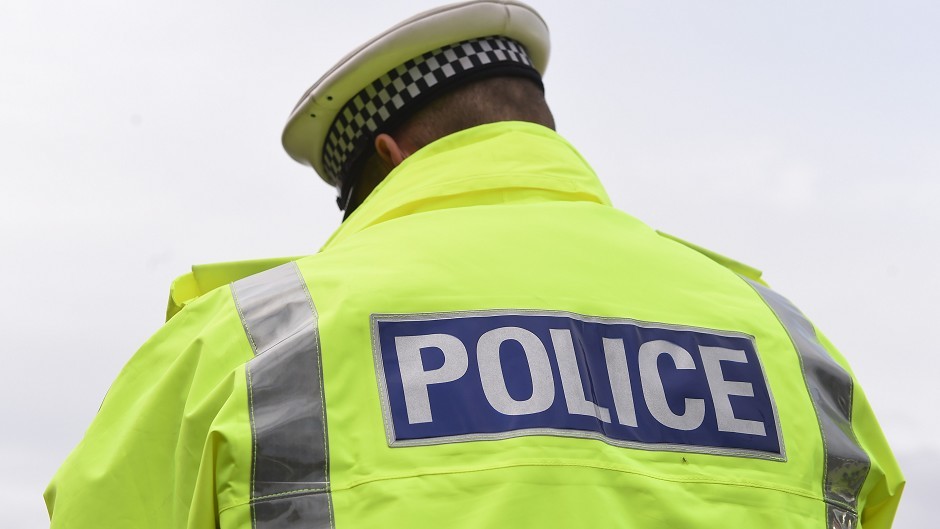A Highland MSP and road safety campaigner has raised concerns about police targeting motorists after recent figures showed a rise in driving offence convictions.
Dave Stewart claims that police may be picking on drivers to boost prosecutions and make the roads appear safer.
The figures, which come in a Scottish Government report published this week, show a 14% increase in the number of motoring convictions compared with the previous year.
A total of 40,258 drivers were convicted of a motoring offence last year compared with 35,453 in 2012-13. Speeding convictions increased by 17% from 12,034 to 14,117.
Vehicle defect offences increased by 30%, from 1,243 to 1,610, and seat belt crimes by 24%, from 2,052 to 2,537.
Mobile phone offences were up by 16% to 3,094, while dangerous and careless driving convictions rose by 27% to 3,574 and “other” driver-related crimes increased by a third to 2,732.
Mr Stewart said: “I am heartened that the police are taking positive action in relation to serious road traffic related offences. However, I have some concerns that they are targeting the driver in order to uncover any offences, including minor ones, in an attempt to increase prosecutions and therefore show by default that they are maybe making our roads safer, which may not of course be the case.
“What concerns me is the balance. These figures reveal that now four out of 10 of all court proceedings relate to road traffic related matters. What I want, is for those concerned with road safety to engage with the driver, educate and enlighten the driver, use discretion where and when appropriate and of course enforce as required.”
Chief Superintendent Iain Murray, head of road policing, said that police have a key role to play by analysing evidence for collisions and offences and targeting patrols in areas of concern.
He added: “Such an approach requires that we use every means at our disposal to influence road users; real-time education, at the roadside, at the point that the offence is detected, must be part of the process. Enforcement will always remain the primary means by which we seek to change behaviour. However, when it comes to risk-taking, there is no such thing as a low level motoring offence, and the consequences of speeding, drink/drug driving, not wearing a seatbelt or using your mobile phone while driving can be catastrophic.
“We all need to realise the numbers of deaths and injuries on our roads can be influenced and it is our attitude, and how we interact with each other on the tar we share, which will have the greatest impact on these horrendous statistics.”
